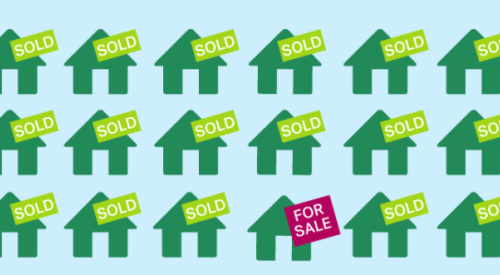Buying a home remained difficult in the second quarter of 2021, but it became even more difficult for first-time homebuyers. NerdWallet analyzed home affordability for first-time buyers in the country’s largest metros, finding a notable loss of affordability for these usually younger buyers with less robust credit histories and tighter budgets. Across the 50 most populous metros, homes were 5.5 times more than the median income for a first-time buyer compared to the previous quarter’s 5.2 times. The most affordable metros, Cleveland, Buffalo, NY, and Baltimore, were still more than three times the median first-time buyer income.
Five California metro areas have shared the least-affordable spots in our analysis for the past year, and Los Angeles always tops this list. In Q2, homes in Los Angeles were listed at 13 times typical first-time buyer income, followed by San Diego (9.2), San Jose (8.4), San Francisco (7.6) and Sacramento (7.5).
First-time home buyer guidance: Where you buy matters. If you have the luxury of working from home indefinitely, expanding your search into more affordable areas is a no-brainer. However, folks tied to a commute and working in some of the more expensive metros may need to rethink their homebuying goals. If homeownership is a priority in the near term, finding a different job in order to relocate to a more buyer-friendly area may be a sacrifice worth making. This is particularly true if you’re early in your career or otherwise earning close to the median income. That said, if a down payment or qualifying for a mortgage is your main obstacle, first-time home buyer programs may be a way to get your foot in the door.
Increase in inventory is just a drop in the bucket
The number of homes listed for sale actually increased 2% quarter over quarter, on average, in the largest metro areas. This is a very small bump, particularly for this time of year, and one that’s skewed by increases in metros that are still operating in a significant supply deficit. Across the nation, active listings fell 5% quarter over quarter, at a time of year when homebuying season typically ushers in a wave of newly listed homes.













